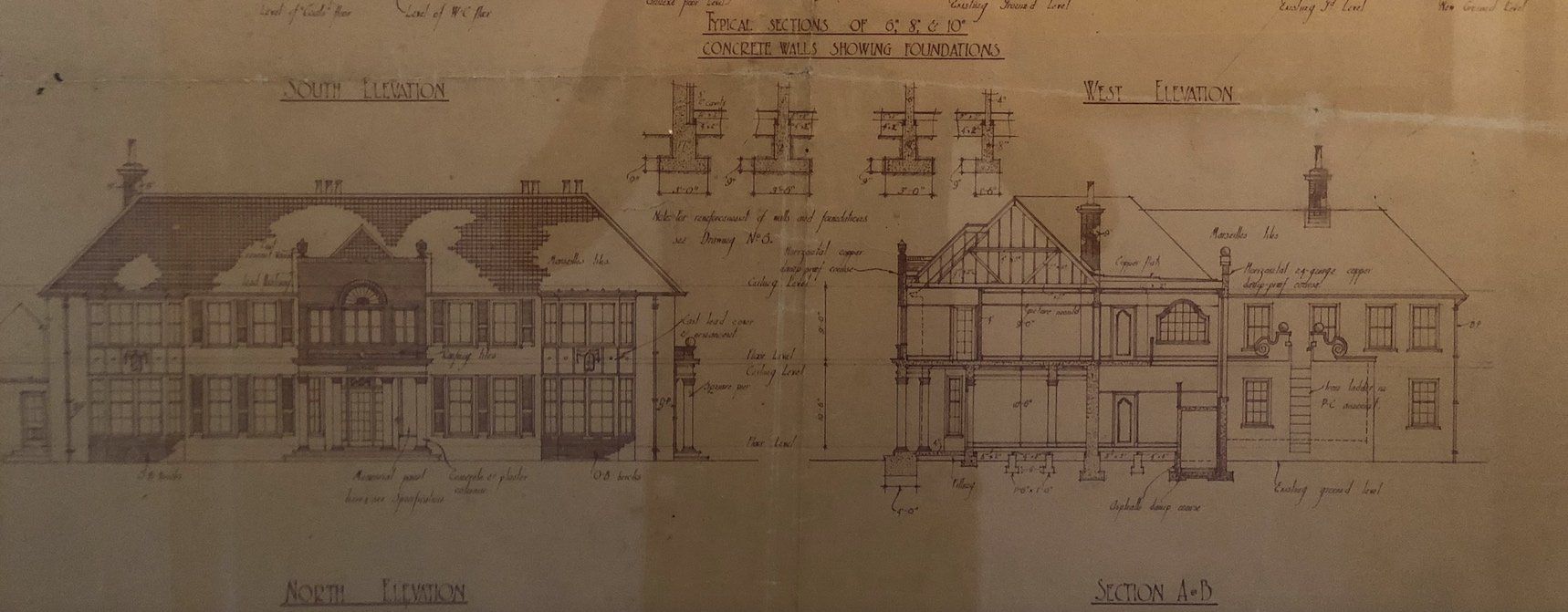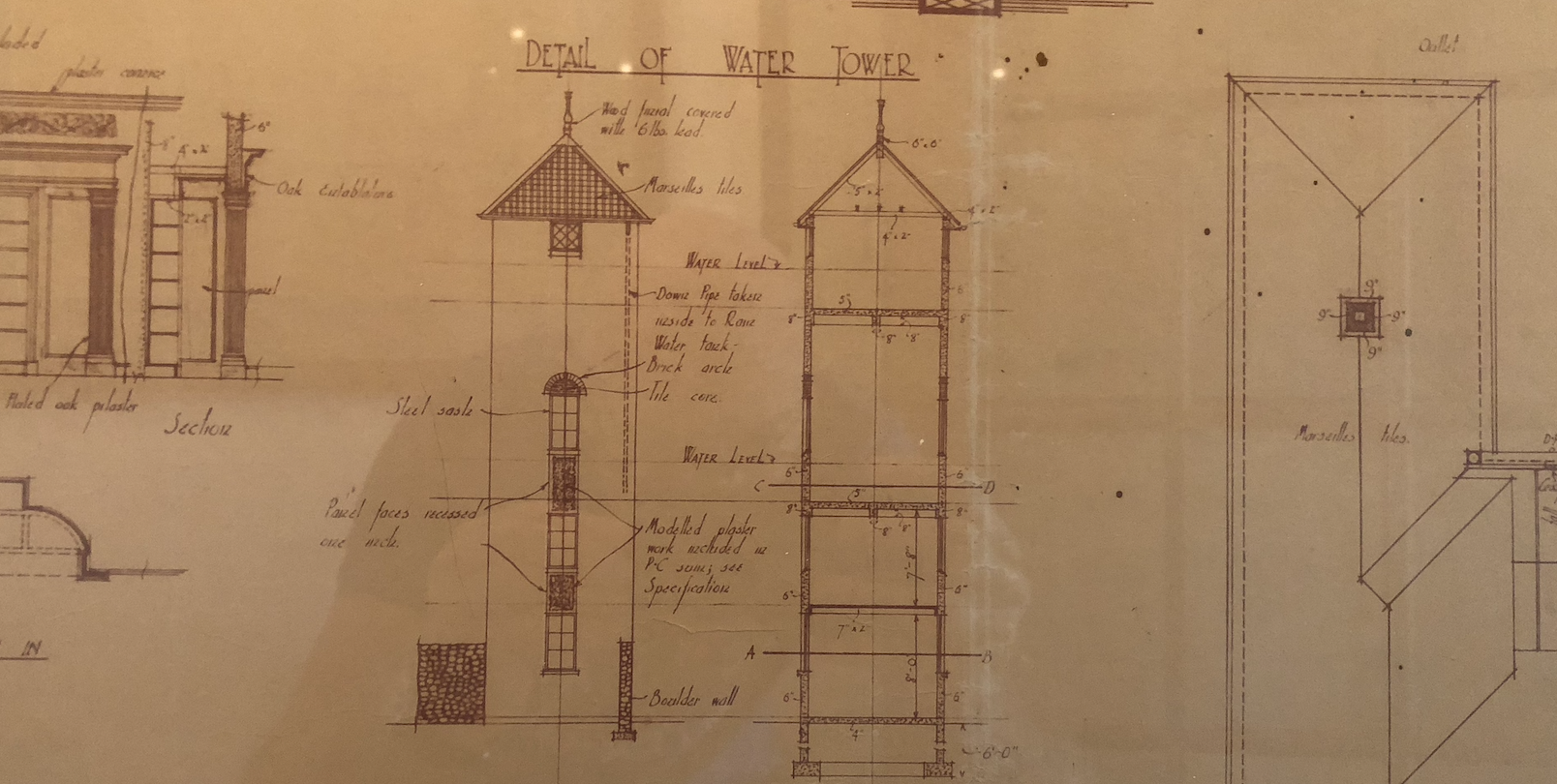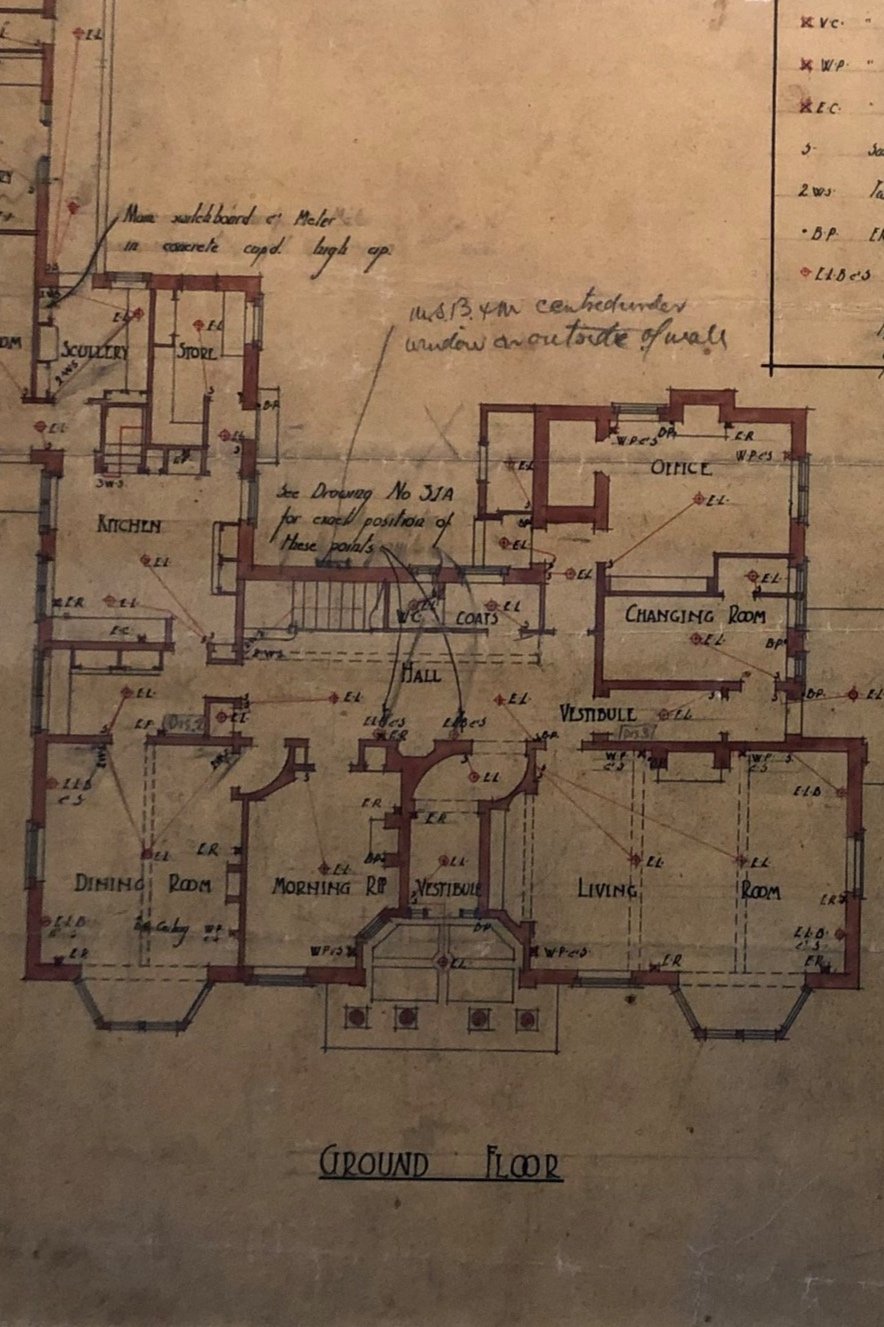
Our history.
Past, present and future are embodied in the representation of the Araucaria bidwillii cones that form the Rototawai brand. They depict the history of the Bidwill family in Kahutara, the Homestead at Rototawai and the Anna Bidwill Collection.
Naming Rototawai.
In the mid-14th Century many Wairarapa places and rivers were named by Haunuiananaia the ancestor of the Te Ati Hau a Paparangi. He named the mountains between Wellington and the Wairarapa Remutaka – meaning ‘to sit down’. Wairarapa itself means ‘glistening waters’, and at the first river he came to he discovered a whare [house] thatched with Nikau palm leaves. He named this river Tauwharenikau – ‘the house made of nikau’ [now spelt Tauherenikau]. Kahutara was the name of a waka [canoe] – ahu means garment and tara means rough.
Reference Te Ara.
-
The first Bidwill to set foot in New Zealand was John Carne Bidwill, a botanist & explorer. After exploratory visits to New Zealand in 1839 and 1840, John established close connections with the authorities and although he settled in Sydney, he convinced his younger brother Charles Robert Bidwill to emigrate to New Zealand.
In March 1843, Charles Bidwill and his wife Catherine (Orbell) sailed to New Zealand on the schooner 'Posthumous' from Sydney with 1,600 sheep.
Bidwill reached Wellington at a time when the shortage of suitable farmland was directing attention to the Wairarapa. Bidwill made a journey to the Wairarapa for the express purpose of leasing runs from the Maori owners of the district during the brief interval when this practice was officially condoned. The chief Manihera, whose influence at the time dominated the lower Wairarapa valley, led them across the Wharekaka Plains south of Waihenga to the Dry River and through the bush to Kopungarara.
A satisfactory lease for an annual rental of £12 was arranged. The flock were landed on the Wainuiomata beach, and driven round the eastern Wairarapa coast to where the family had settled in the Kahutara area as the first settlers on the west side of the Ruamahanga River.
By 1879 the Pihautea property was 10,000 acres (which included Rototāwai and farm land down to the edge of lake Wairarapa). This was the beginning of farming for the Bidwill family in the Wairarapa, which continues to this day. Neighbouring Bidwill family farms included Pihautea, Ongaha, Tawaha, Mangatete & Te Maire.
-
2015 saw the 150th anniversary of the Tauherenikau Racing Club, founded by C R Bidwill and others. Work began on the Tauherenikau Racecourse in 1866 and was completed in 1874, with the first meeting being held at Tauherenikau on January 26th/27th, 1874. The first buildings were erected in 1892 with the building of a Grandstand, Weighing Room, Stewards Room, 4 boxes and 8 stalls.
C R Bidwill (snr) had been the first to import a thoroughbred into New Zealand, being Figaro – W E Bidwill had many racehorses and established stables and a training track at Rototāwai.
W E Bidwill had a long involvement with the Wairarapa club and, just as importantly, planted hundreds of English trees around the racecourse. The trees have helped stamp Tauherenikau as one of the most beautiful racecourses in the country.
-
The first of the Bidwill family to arrive in Aotearoa was John Carne Bidwill (1815 - 1853) – who was an English botanist who documented plant life in New Zealand and Australia. He is attributed with the discovery of several Australasian plant species – including Araucaria bidwillii.
He was sent in a schooner to New Zealand, arriving at the Bay of Islands on 5 February 1839. Over the next two months he took a journey into the interior of the North Island collecting botanical and other scientific specimens. An account of this journey, Rambles in New Zealand, was published in London in 1841. Rambles gives his account of being the first documented person to have climbed Mt Ngauruhoe.
Bidwill brought a live specimen to London where it was studied and named Araucaria bidwillii after him by English botanist William Jackson Hooker in the 1843 London Journal of Botany. Bidwill also is credited with discovery of Agathis robusta (the Dammara or Queensland kauri pine) and the Nymphaea gigantea. Ten Australian and three New Zealand plant species are also named after him. Altogether thirty plants carry his name.
Bidwill was the first to introduce plant breeding to Australia and worked with both native and exotic plants, and in 1843, he released his first hybrid, which was a hybrid between two Australian plants – Hibiscus splendens and H. heterophyllus – which he named ‘Hibiscus Sydneyi’. The hybrid belladonna lilies derived from Amaryllis belladonna and Brunsvigia spp., which are now grown all over the world, were first raised by him in 1841.
Bidwill returned to Sydney in 1844 and spent a year from February 1845 in Tahiti. Bidwill became temporary government botanist on 1 September 1847 and inaugural Director of Sydney's botanic gardens and later became Governor of North NSW.
Reference Te Ara.
Rototawai and the Bidwill family.
The first Bidwill to set foot in New Zealand was John Carne Bidwill, a botanist & explorer.
In March 1843, Charles Bidwill and his wife Catherine (Orbell) sailed to New Zealand on the schooner 'Posthumous' from Sydney with 1,600 sheep. The flock were landed on the Wainuiomata beach, and driven round the eastern Wairarapa coast to where the family had settled in the Kahutara area as the first settlers on the west side of the Ruamahanga River.
By 1879 the Pihautea property was 10,000 acres (which included Rototawai and farm land down to the edge of lake Wairarapa). This was the beginning of farming for the Bidwill family in the Wairarapa, which continues to this day.
















